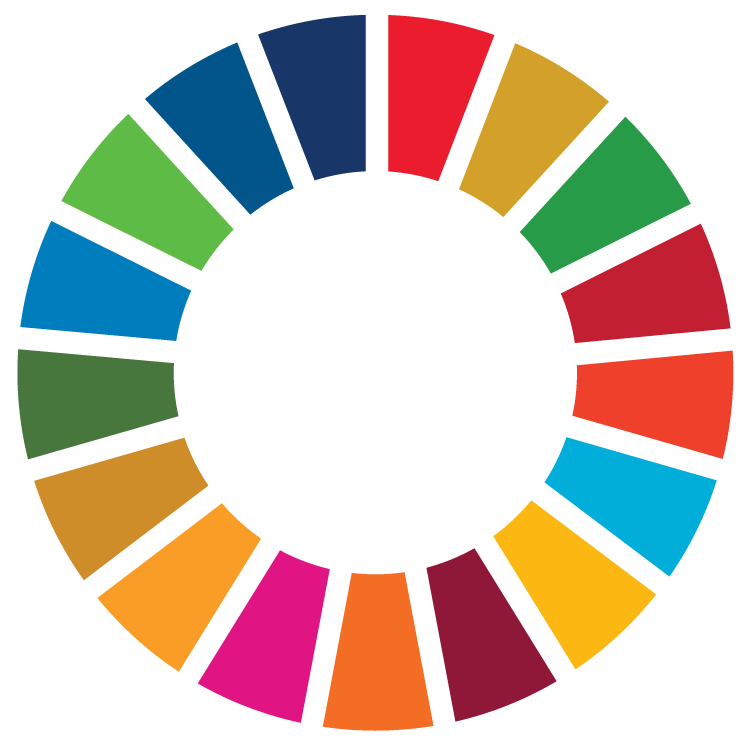
Text traduït
Aquesta assignatura s'imparteix en espanyol. El pla docent en català és una traducció de l'espanyol.
La traducció al català està actualitzada i és equivalent a l'original.
Si ho prefereixes, consulta la traducció!
Texto original
Esta asignatura se imparte en español. El texto original de este plan docente es en español.
Text created with automatic translation
The language of instruction of this subject is Spanish. The course guide in English is an automatic translation of the version in Spanish.
Automatic translation may contain errors and gaps. Refer to it as non-binding orientation only!
Perhaps you should consult the original version of the text!
Course
Advertising and Public Relations
Subject
Ceremonies and Protocol
Type
Optional (OP)
Credits
3.0
Semester
2nd
| Group | Language of instruction | Teachers |
|---|---|---|
| G15, classroom instruction, afternoons | Spanish | Julio Manuel Panizo Alonso |
Sustainable Development Goals (SDG)

- 5. Gender equality
- 12. Responsible consumption and production
Objectives
The protocol for developing public relations within companies and institutions is a fundamental element for achieving a successful outcome for most events. The image of the organization and the people who represent it is essential for establishing a positive position with our audiences.
Knowing the protocol is key to the development of a public relations professional.
Knowledge
- Learn the legal foundations of official protocol and the various aspects of private ceremonies. The focus is on corporate ceremonies.
- Become familiar with technical terminology.
- Develop skills for preparing a draft protocol for an event.
Skills (know-how)
- Know how to carry out a formal ceremony within a company or official setting.
Learning outcomes
- To convey information, ideas, problems, and solutions appropriately and in accordance with academic standards, orally, in writing, and audiovisually, to both specialized and non-specialized audiences, while being respectful of linguistic diversity and diverse social, cultural, gender, and economic realities.
Content
- Introduction to the protocol. Definitions
- The legal framework of the protocol
- The official symbology
- Presidencies and treatment of authorities
- Main events in the official sphere
Evaluation
To pass the course, you must have passed all three assessed sections: classroom practice, theoretical test, and final project.
The final grade is the weighted average of the three parts: required reading (10%), final project (50%) and class work (40%).
If the average is not higher than 5, only the final project for the subject can be retaken.
Methodology
An active methodology is used, alternating the presentation of knowledge with its practical application in cases presented in class and developed by the student, and in the comprehensive creation process of an event that serves as the final project for the course.
Bibliography
Key references
- Jimenez Morales, M. i Panizo Alonso, J. (2017). Eventos y protocolo: La gestión estratégica de actos corporativos e institucionales. UOC.
- Sánchez González, M. (2011). Fundamentos del ceremonial y el protocolo. Síntesis.
Further reading
Teachers will provide complementary bibliography and compulsory reading throughout the course via the Virtual Campus.